#vangidae
Text

White-crested Helmetshrike (Prionops plumatus), family Vangidae, found throughout much of Africa
Photograph by ASalfa Deri
2K notes
·
View notes
Text
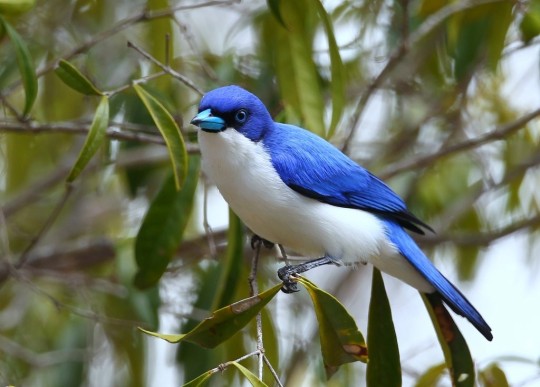

[1395/10977] Blue Vanga - Cyanolanius ...
Two species: Madagascar Blue Vanga (C. madagascarinus) and Comoros Blue Vanga (C. comorensis)
Order: Passeriformes
Suborder: Passeri
Superfamily: Malaconotoidea
Family: Vangidae (vangas)
Photo credits: Carmelo López Abad, Kasper R. Berg
#birds#Blue Vanga#Passeriformes#Passeri#Malaconotoidea#Vangidae#Cyanolanius#birds a to z#comoros blue vanga#madagascar blue vanga#undescribed
1K notes
·
View notes
Photo

Archbold's Newtonia (Newtonia archboldi)
© Fabien Quétier
42 notes
·
View notes
Photo

Black-winged Flycatcher-shrike (Hemipus hirundinaceus)
© Boon Chong Chen
47 notes
·
View notes
Photo

Black-winged Flycatcher-shrike (Hemipus hirundinaceus)
© Boon Chong Chen
12 notes
·
View notes
Photo
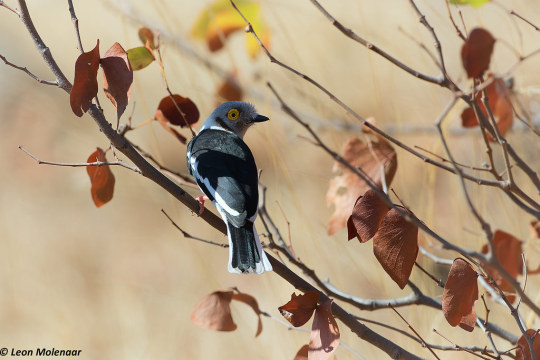
White-crested Helmetshrike (Prionops plumatus)
© Leon Molenaar
14 notes
·
View notes
Photo
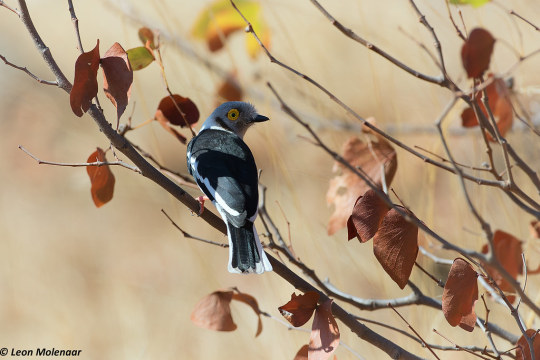
White-crested Helmetshrike (Prionops plumatus)
© Leon Molenaar
3 notes
·
View notes
Photo

Tephrodornis sylvicola by Marcel Holyoak
#bird#birds#animal#animals#biology#nature#wildlife#fauna#Passeriformes#Vangidae#Tephrodornis#Tephrodornis sylvicola
38 notes
·
View notes
Text
Megabyas flammulatus
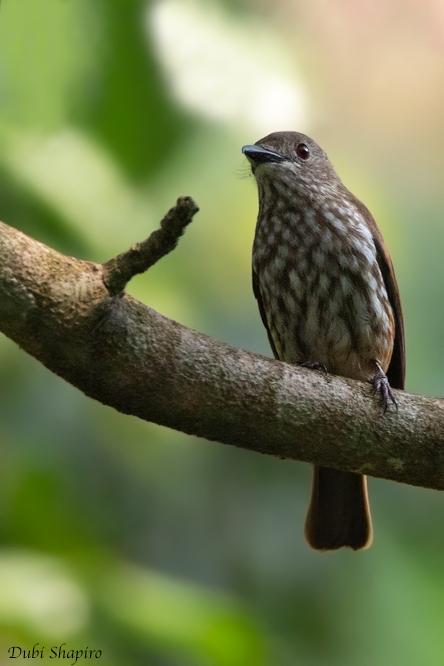
Female African Shrike-Flycatcher by Dubi Shapiro
Etymology: Flycatcher
First Described By: Verreaux & Verreaux, 1855
Classification: Dinosauromorpha, Dinosauriformes, Dracohors, Dinosauria, Saurischia, Eusaurischia, Theropoda, Neotheropoda, Averostra, Tetanurae, Orionides, Avetheropoda, Coelurosauria, Tyrannoraptora, Maniraptoromorpha, Maniraptoriformes, Maniraptora, Pennaraptora, Paraves, Eumaniraptora, Averaptora, Avialae, Euavialae, Avebrevicauda, Pygostaylia, Ornithothoraces, Euornithes, Ornithuromorpha, Ornithurae, Neornithes, Neognathae, Neoaves, Inopinaves, Telluraves, Australaves, Eufalconimorphae, Psittacopasserae, Passeriformes, Eupasseres, Passeri, Euoscines, Corvides, Malaconotoidea, Vangidae
Status: Extant, Least Concern
Time and Place: Within the Last 10,000 years, in the Holocene of the Quaternary

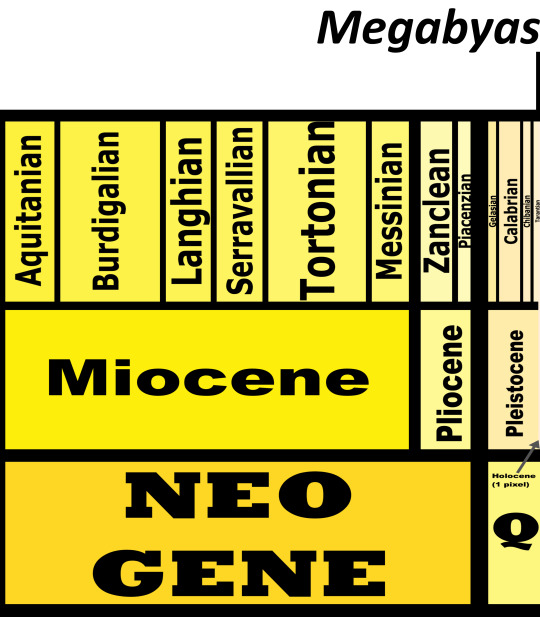
Megabyas lives roughly in the same region as the tropical jungle of central Africa
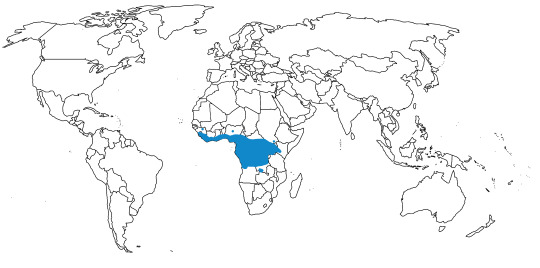
Physical Description: The African Shrike-Flycatcher is a small songbird, about 16 centimeters in length, the same length as the common House Sparrow. They are fairly heavyset for a flycatcher-esque bird. They have broad, hooked bills, round bodies, and short tail feathers. The males are black in color on the upper body, with a white patch on the butt and a white neck and belly. The females are brown, with bottled black stripes across the chest, and orange wings and tail. The juveniles mostly resemble the females.
Diet: The African Shrike-Flycatcher, as its name implies, feeds mainly on insects such as beetles, grasshoppers, and butterflies.
Behavior: The African Shrike-Flycatcher will feed high up in trees, flying rapidly towards prey before hovering briefly to capture it, usually under a leaf. It also hops and runs on branches to get food. They make musical chuick calls, as well as high pitched notes and chirps. When they call each other, they’ll wag their tails from side to side and dip them up and down.
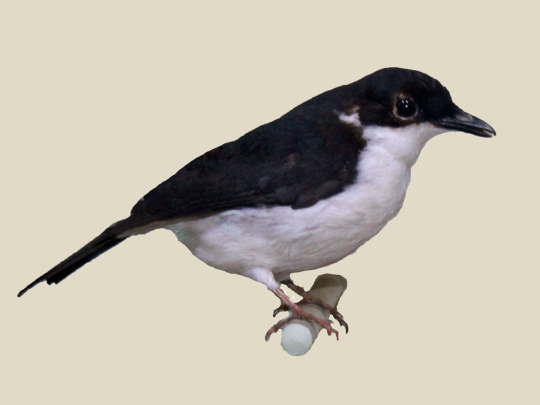
Male African Shrike-Flycatcher by Dick Daniels, CC BY-SA 3.0
The African Shrike-Flycatcher will migrate within the tropical forest, though those movements are not well known. They breed throughout the year depending on their specific country and habitat of origin. They are very territorial during the breeding season, guarding their nest and a large region around it fiercely from other birds. They build nests out of bark and lichen, bound together by cobwebs, usually fairly high up in the tree level. They incubate their eggs for about two weeks, and it takes a while before the babies can leave the nest.
Ecosystem: The African Shrike-Flycatcher primarily lives in jungle, especially very thick forest growth, mainly spending its time in the middle level and the canopy - though it will be found in the undergrowth of the forest as well. It also can encroach on human-generated habitat.
Other: The African Shrike-Flycatcher is not endangered, but does vary in frequency from country to country, and is threatened by deforestation to a mild degree - but it seems able to adapt to human habitat and, thus, is probably not in much danger.
Sources under the cut
Louette, M. (2019). African Shrike-flycatcher (Megabyas flammulatus). In: del Hoyo, J., Elliott, A., Sargatal, J., Christie, D.A. & de Juana, E. (eds.). Handbook of the Birds of the World Alive. Lynx Edicions, Barcelona.
Jobling, J. A. 2010. The Helm Dictionary of Scientific Bird Names. Christopher Helm Publishing, A&C Black Publishers Ltd, London.
#megabyas#megabyas flammulatus#african shrike-flycatcher#songbird#dinosaur#bird#birds#dinosaurs#songbird saturday & sunday#insectivore#quaternary#africa#birblr#factfile#paleontology#prehistory#prehistoric life#biology#a dinosaur a day#a-dinosaur-a-day#dinosaur of the day#dinosaur-of-the-day#science#nature
56 notes
·
View notes
Note
The Firefly Encyclopedia of Birds (published in 2003) places platysteirids in the Vangidae, citing cranial & palatal similarities. Do any morphological analyses (even phenetic ones) support this?
Not that I’m aware of. In fact, I can’t think of any actual phylogenetic analyses done on vangas using morphological data prior to Manegold (2008).
1 note
·
View note
Video
Ребята, хочу вам показать на наглядном примере, что такое адаптивная радиация, кто не силен в биологии, скажу не пугайтесь, этот термин не связан с радиоактивностью. Это процесс, когда имея общего предка, под воздействием разных условий среды биологические организмы образуют весьма разные по морфологии и физиологии новые виды. Помните Галапагосских вьюрков Чарльза Дарвина, которые натолкнули его на теорию эволюции? Здесь, на Мадагаскаре я наблюдал несколько разных видов птиц из семейства Ванговых/Vangidae. Посмотрите, я заснял два разных вида, Серпоклювая ванга/Falculea palliata и Шлемоносная ванга/Euryceros prevostii. Разные условия обитания и питания привели этих птиц в совершенно неузнаваемые формы от общего предка. #мадагаскар #madagaskar #bird #amazing (at Madagascar) https://www.instagram.com/p/B545J27ozrL/?igshid=y64zmu3xq5ga
0 notes
Text
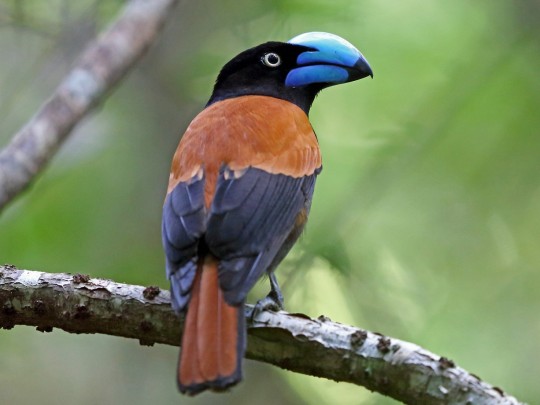
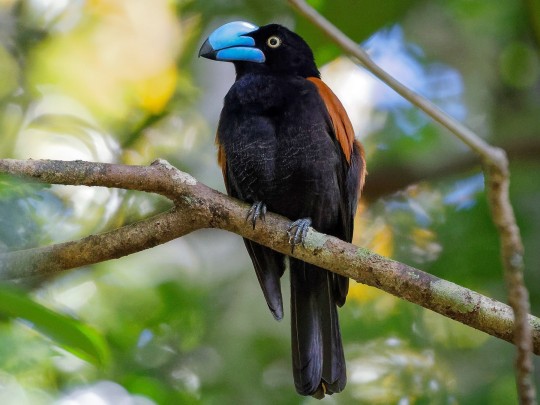
Helmet Vanga (Euryceros prevostii), family Vangidae, order Passeriformes, Madagascar
ENDANGERED.
photographs by Nigel Voaden & Nigel Fielden
375 notes
·
View notes
Text
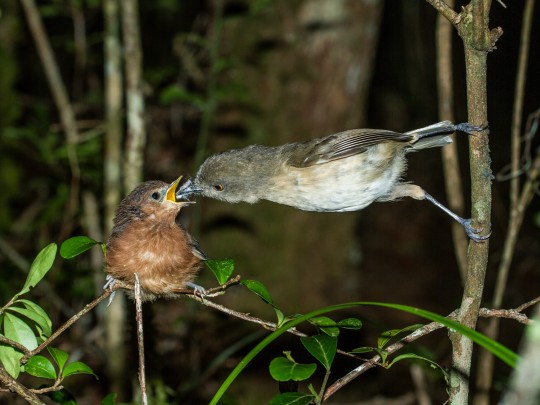
[2897/11080] Dark newtonia - Newtonia amphichroa
Order: Passeriformes
Suborder: Passeri
Superfamily: Malaconotoidea
Family: Vangidae (vangas)
Photo credit: Nick Athanas via Macaulay Library
#birds#Dark newtonia#Passeriformes#Passeri#Malaconotoidea#Vangidae#Newtonia#birds a to z#undescribed#25% - 50%
102 notes
·
View notes
Photo
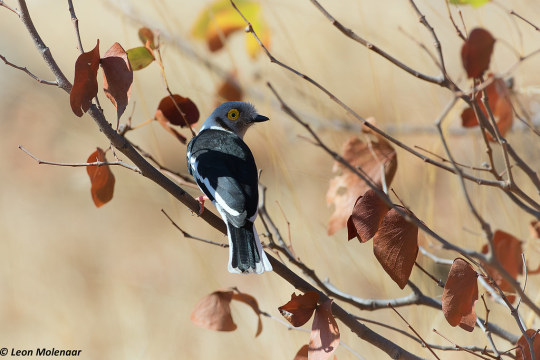
White-crested Helmetshrike (Prionops plumatus)
© Leon Molenaar
7 notes
·
View notes
Photo
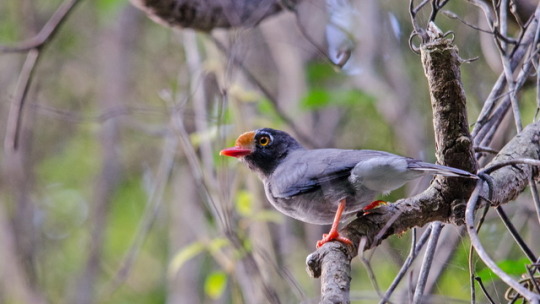
Prionops caniceps by anna pang
#bird#birds#animal#animals#biology#nature#wildlife#fauna#Passeriformes#Vangidae#Prionops#Prionops caniceps
59 notes
·
View notes
Text

Helmet Vanga (Euryceros prevostii), family Vangidae, order Passeriformes, Madagascar
ENDANGERED.
photograph by Fransesco Veronesi
253 notes
·
View notes